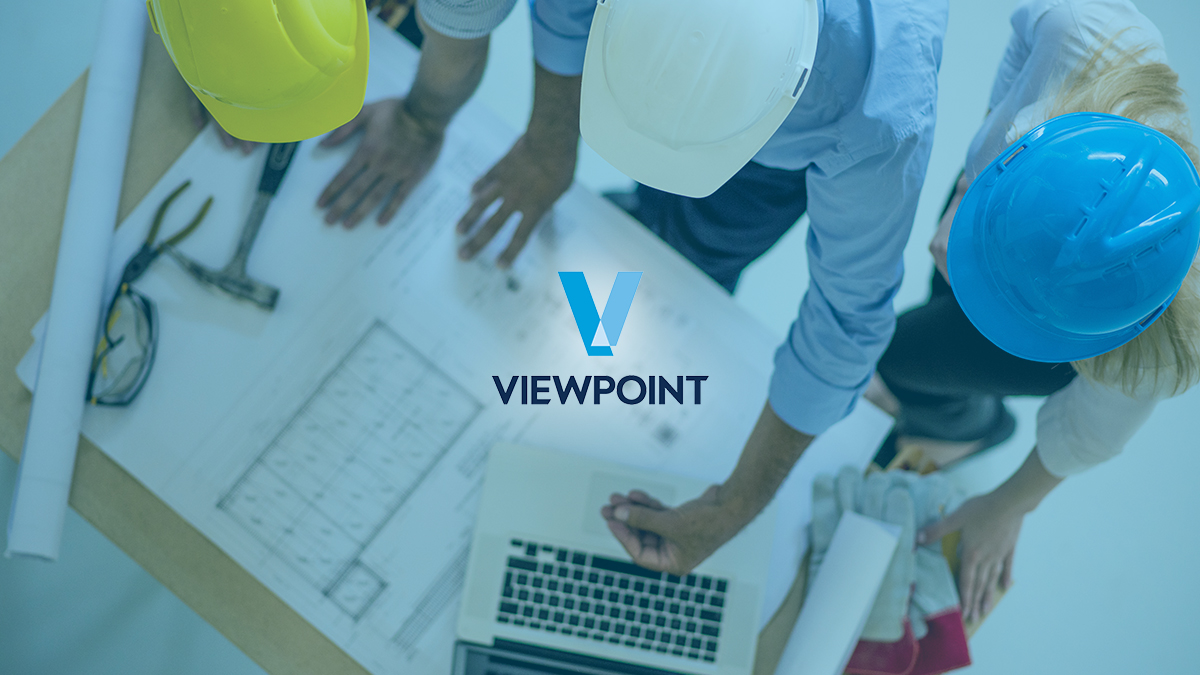 As the construction industry continues to evolve, more and more contractors are overhauling their organizational and financial software systems to keep pace with modern construction demands. Many are opting for cloud-based, integrated construction enterprise resource planning (ERP) platforms that tie together functions like accounting, financial management, project management, materials and equipment tracking and more with one unified set of data.
As the construction industry continues to evolve, more and more contractors are overhauling their organizational and financial software systems to keep pace with modern construction demands. Many are opting for cloud-based, integrated construction enterprise resource planning (ERP) platforms that tie together functions like accounting, financial management, project management, materials and equipment tracking and more with one unified set of data.
The benefit of these systems is that they extend access to data and collaborative tools to entire project teams—in real time. No longer does the back office have to wait for project managers to make it into the office to enter information from the field like job progress reports or labor usage and time collection data. In the field, workers can get access to real-time project data, plans and more via mobile devices. Meanwhile, the entire construction ecosystem of owners, architects, engineers, subcontractors, vendors and more can simply log in to see up-to-the minute stats on exactly how their projects are progressing and what action items are needed.
Yet, there are still a number of construction professionals that remain wary of change. For some, it might be a matter of finding the time to make a technology switch. For others, it might be software cost or lingering concerns over issues like data security or hosting options — concerns that those researching or considering modern construction technologies are quickly realizing have largely been alleviated. One group of modern technology holdouts, however, prefers the “if it ain’t broke, don’t fix it” mentality, preferring to work with manual processes or outdated software systems because that’s what they’re used to, and comfortable with.
Few successful construction companies today operate with this mindset, yet technology holdouts can still make up a good portion of even tech-savvy contractors’ workforces and software end users. Many of today’s construction-specific technologies are not being used to their fullest capacities by end users, and construction professionals have indicated that getting complete buy-in from all of their employees on the advantages of using new technologies has been a challenge.
At the end of the day, though even the most impactful, simple technologies won’t make a difference if the workforce it was designed for is resistant to using it or only utilizing the bare minimum of features and capabilities.
With that in mind, here are five short tips to ready the workforce for technology changes and making the end-users comfortable with, and ultimately embracing of, new technology:
1. Identify all needs and desires
Purchasing or upgrading to new software or technology solutions should never be a snap decision. Survey the entire organization to find out what needs are not met with current systems or practices. Learn what everyone who would ultimately be using the new technologies would like to see.
2. Involve end-users in the process
Most of the time, the end users who will work most with a new solution are not the ones ultimately deciding which solution to use. In some cases, the end user does not know of the potential for change until a new solution is selected. Involve the end users (or a strong sampling of end users) by asking their input on technology or software they’ve heard about or used before, show them the demos of solutions and invite their honest feedback.
3. Show the benefits
Once a technology or software solution is selected, hold a meeting (or series of meetings) with every user and potential user in your organization. At this, demo the solution and discuss the reasons it was selected. Show the benefits first hand. Provide plenty of training opportunities and have administrators and advocates on hand to answer questions as they arise.
4. Prepare for disruptions, work through resistance
When the solution is being implemented, there are bound to be some disruptions while the change from old to new is taking place. Plan ahead for these disruptions and provide fallback options to get work done in the interim. This also includes phasing in professionals who have never used similar solutions or have been doing their work by other means. Make time for them, work with them and help them adjust.
5. Commit across the board
One of the biggest benefits of modern technology is it usually helps improve collaboration by getting everyone to use the same solution or process throughout an organization. Ensure this happens by eliminating alternate methods for work to be done on a daily basis. Enabling one, or a handful of employees by allowing them to continue working as they always have renders the collaborative benefits of new systems and solutions moot. It also does a disservice to those who resist change, leaving them unprepared to adapt and grow.
Adapting to new technology and software in the workplace is rarely done without questions and resistance. Yet, with the right approach, your organization can embrace change and create a culture of continuing innovation throughout your organization.
This article was brought to you in partnership with Viewpoint.


Discussion
Be the first to leave a comment.
You must be a member of the BuiltWorlds community to join the discussion.